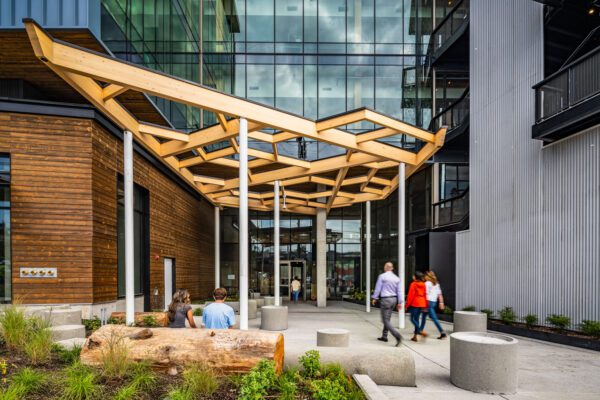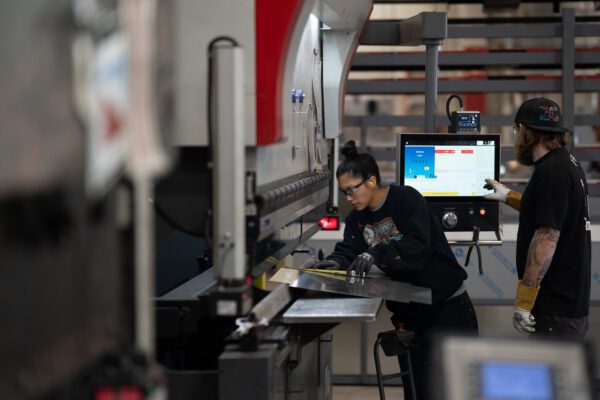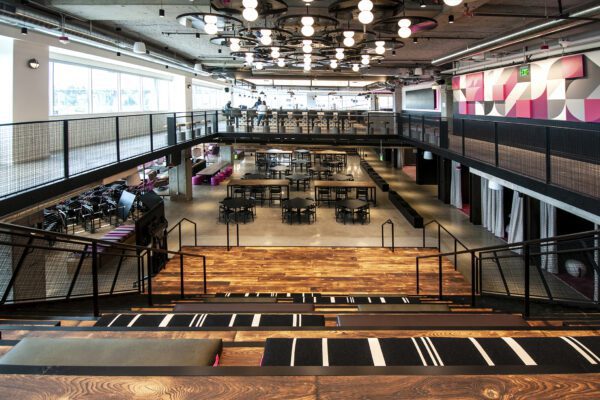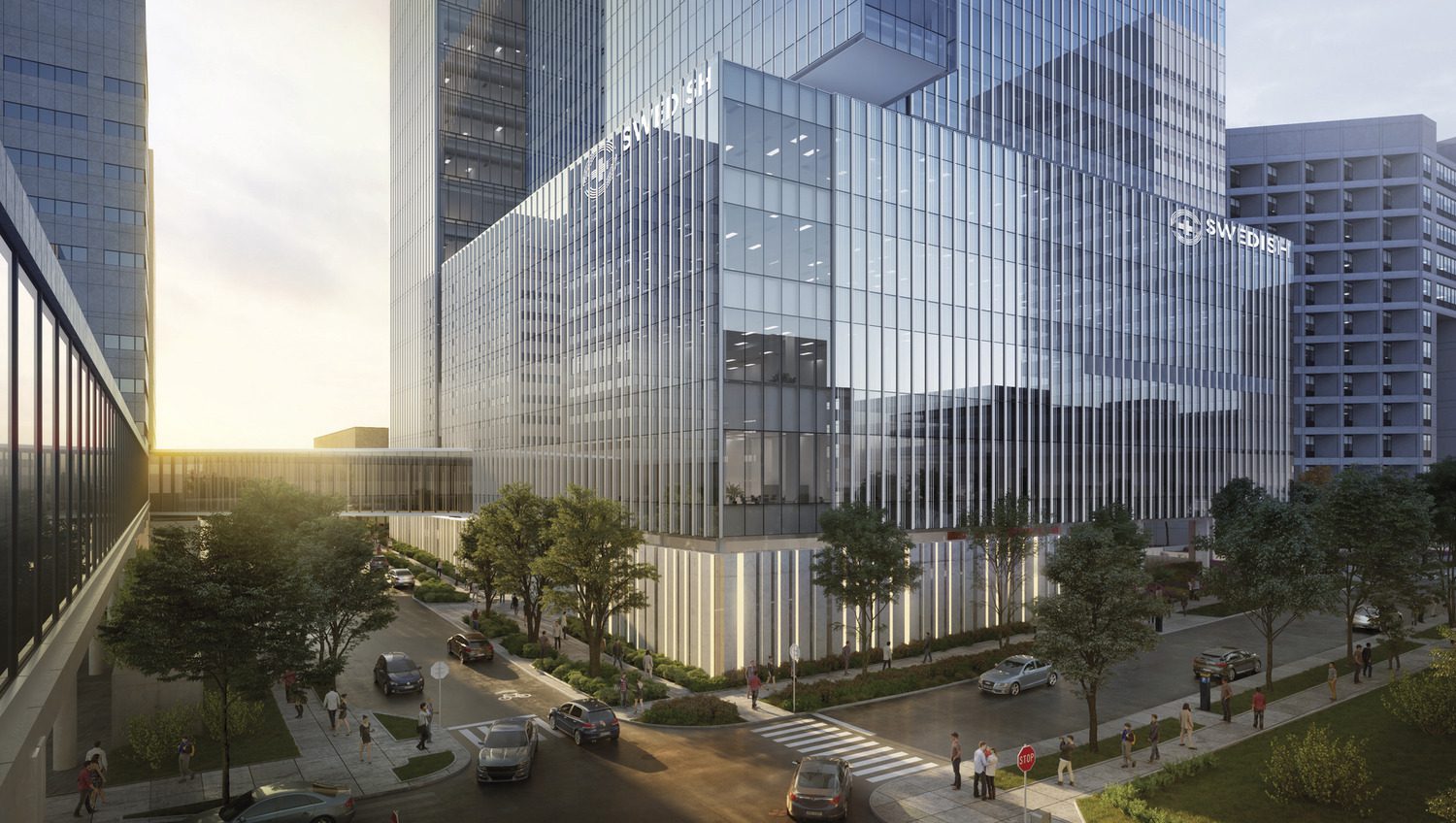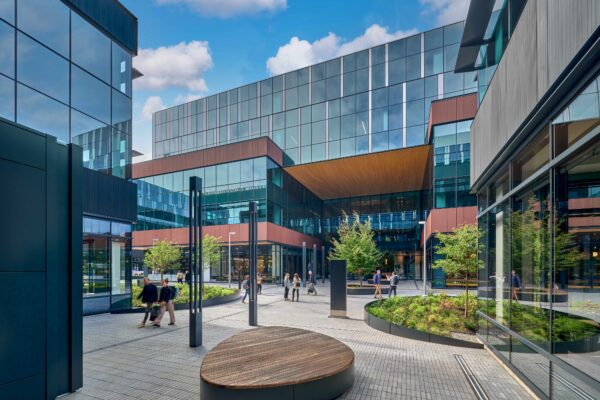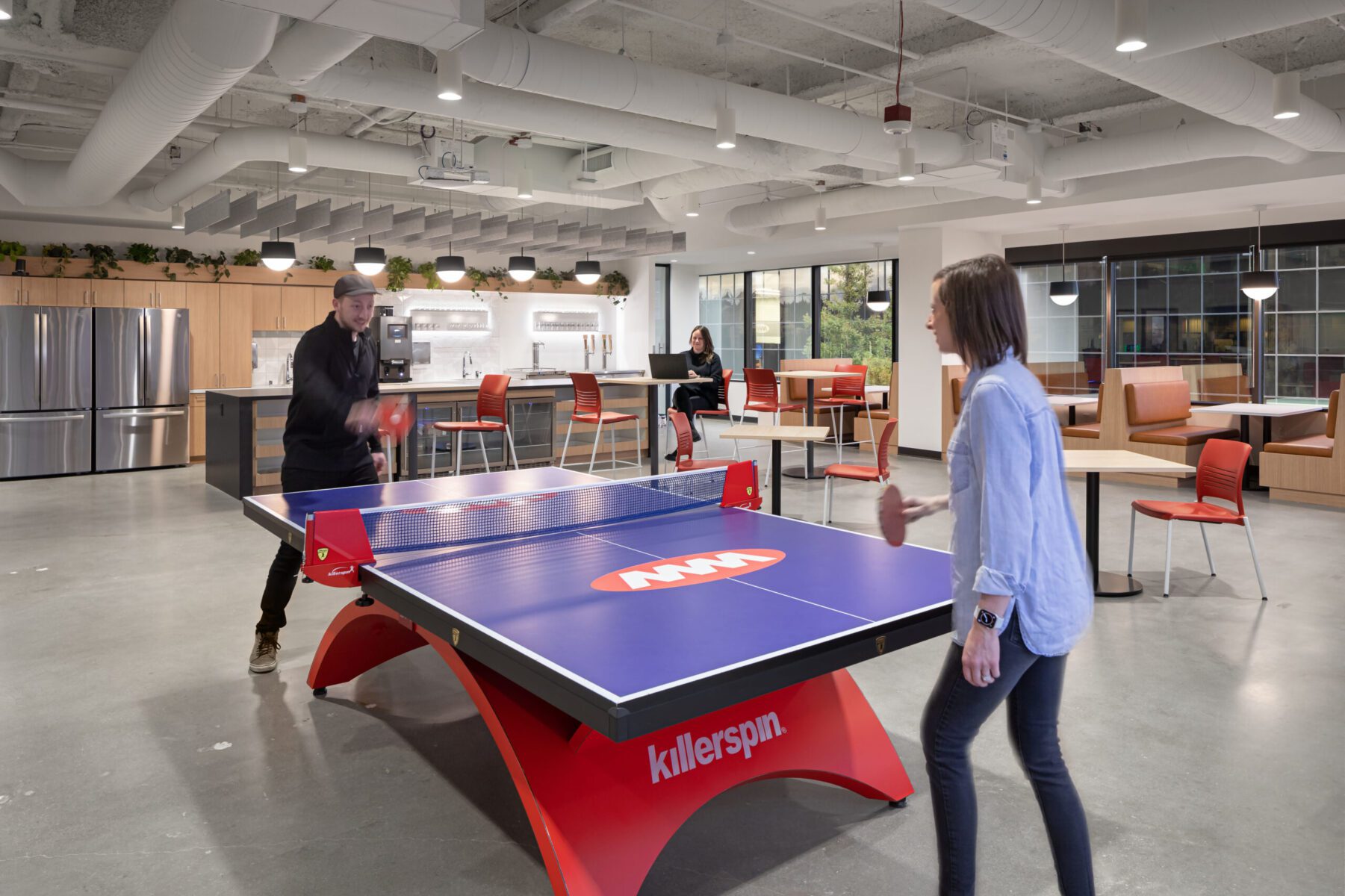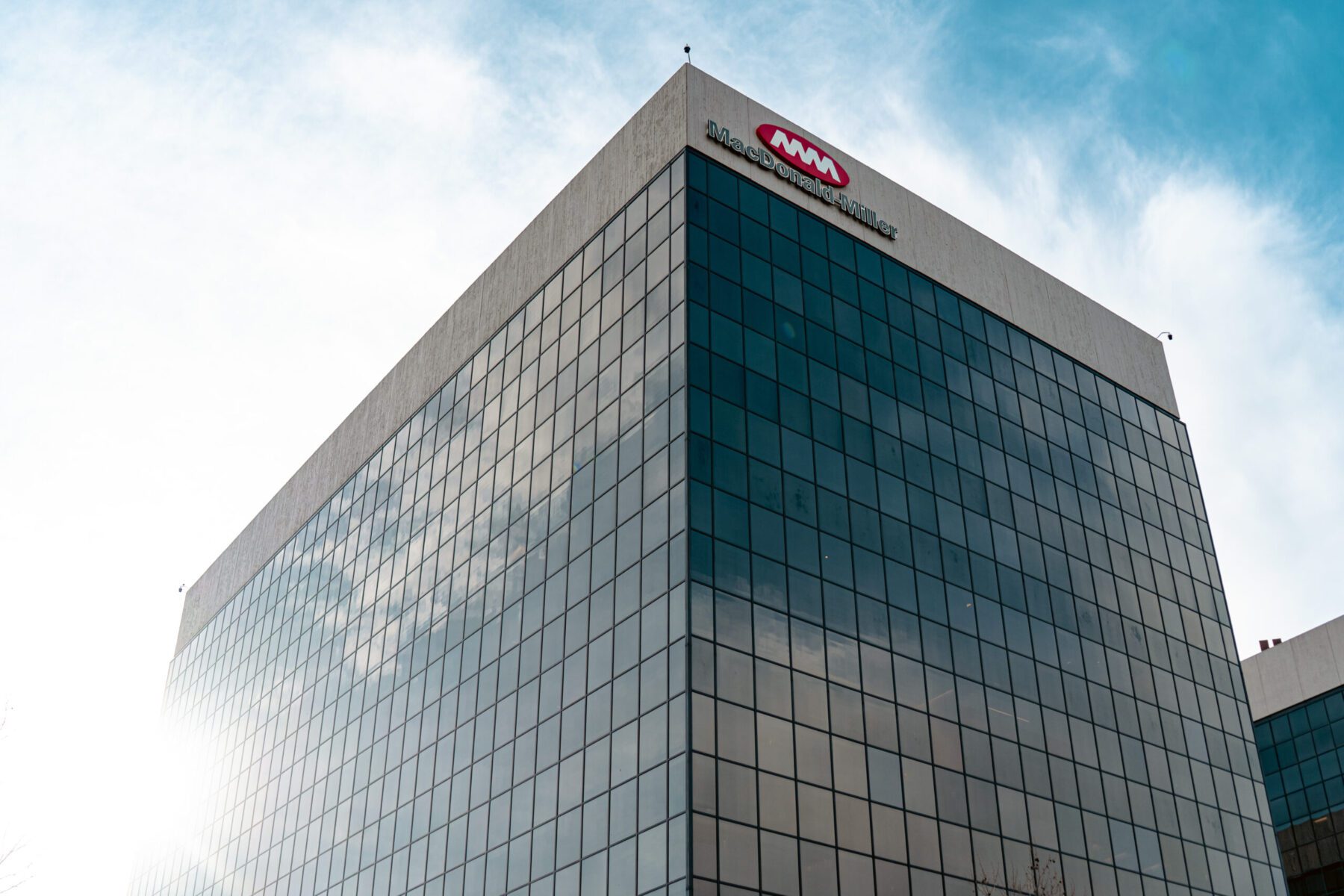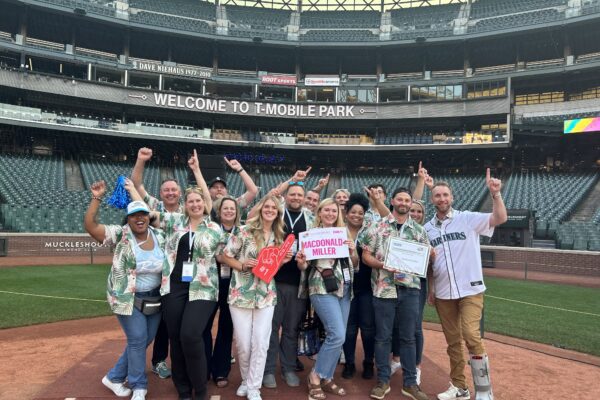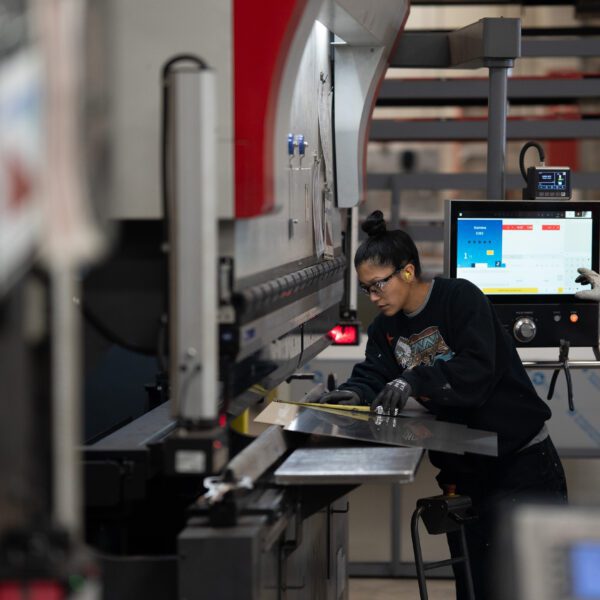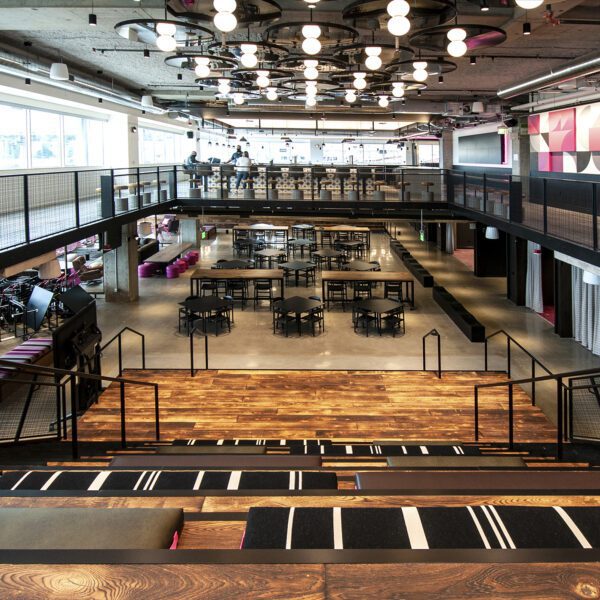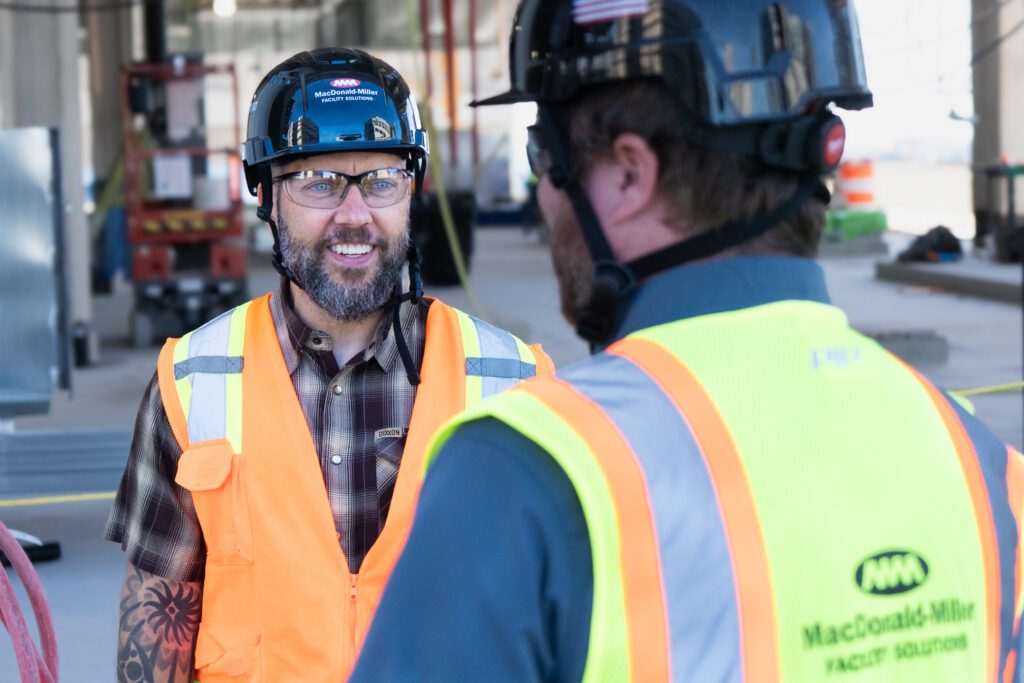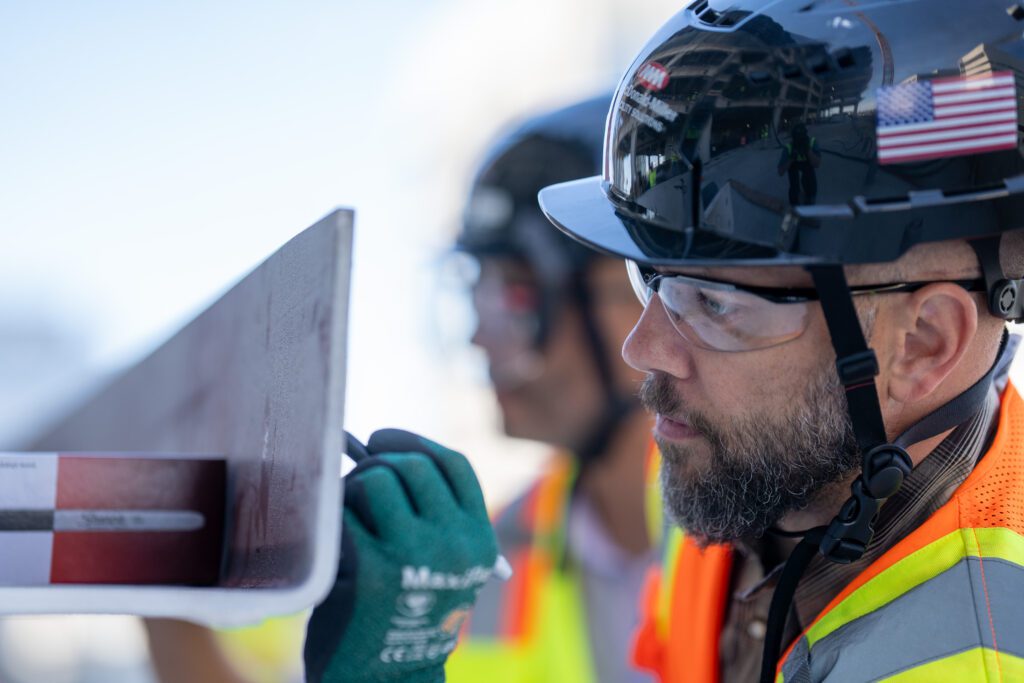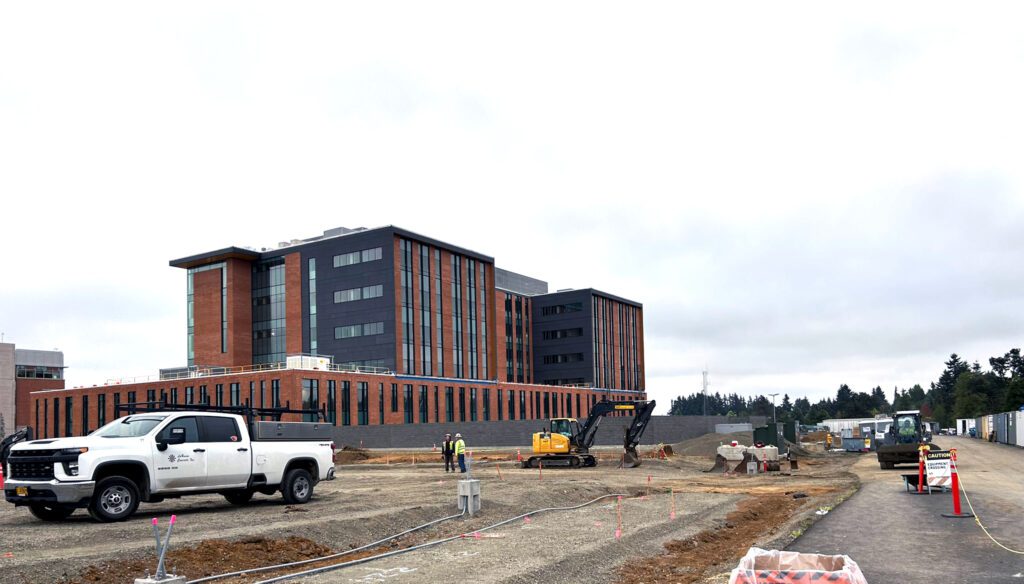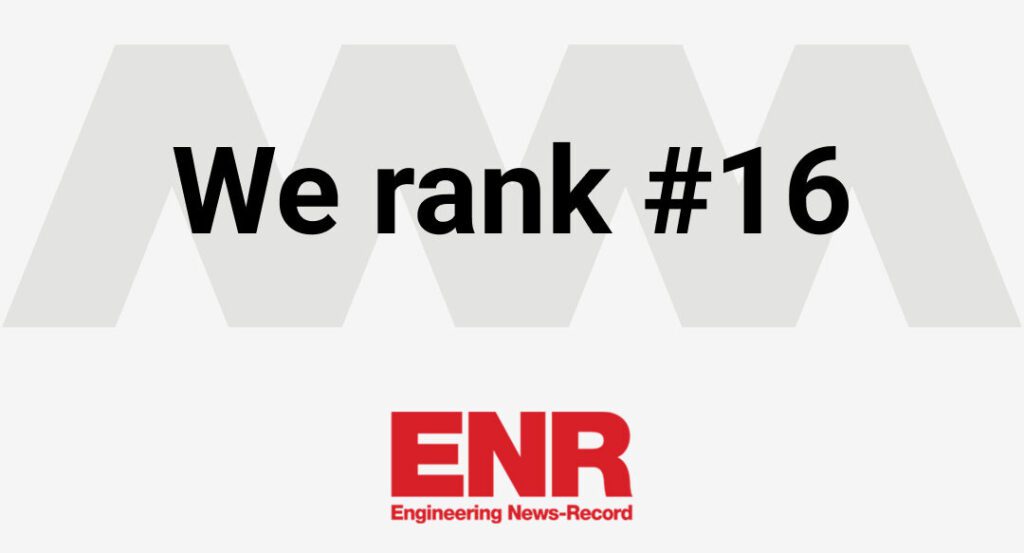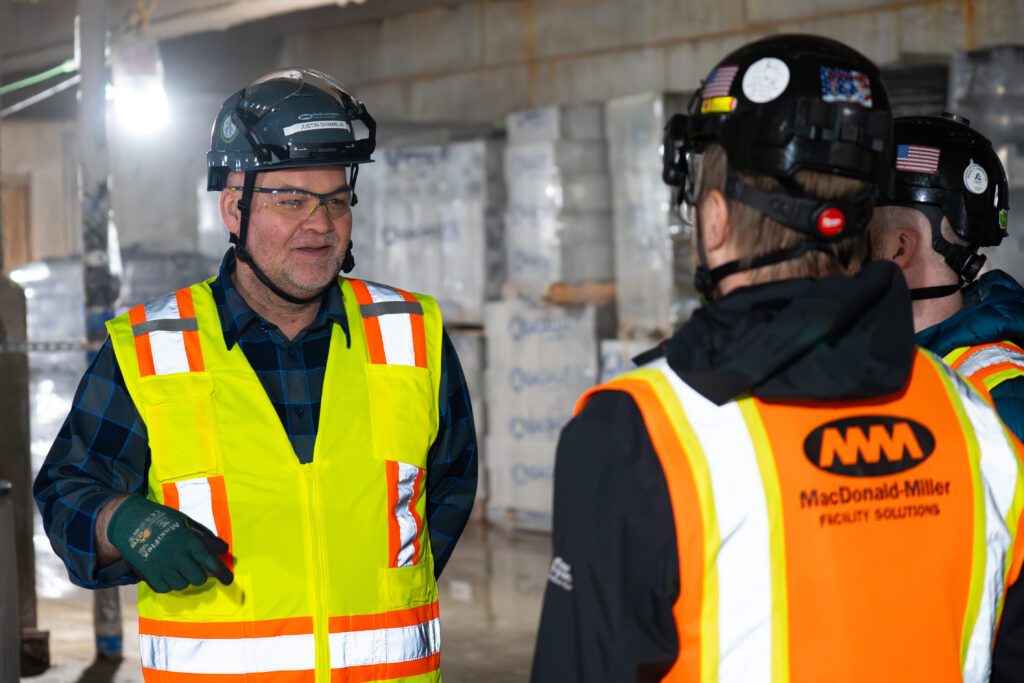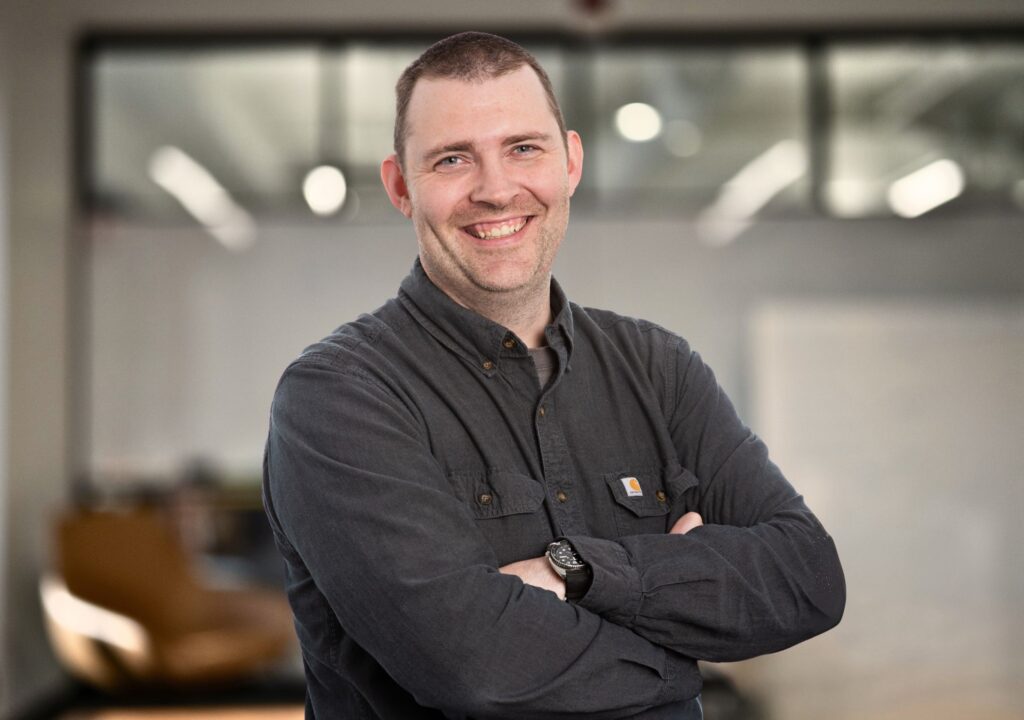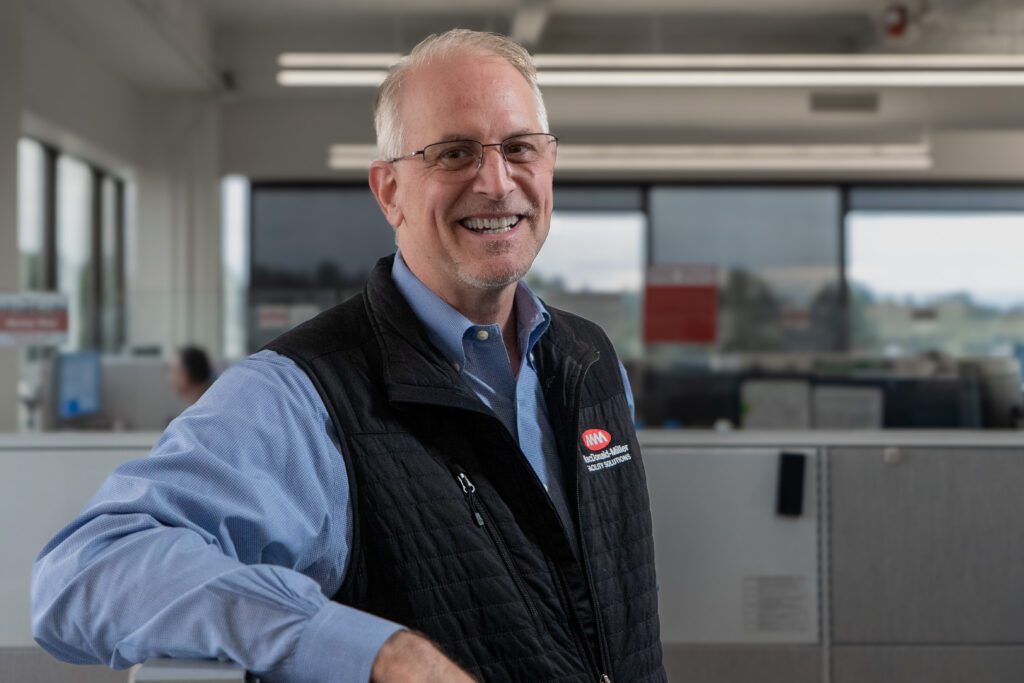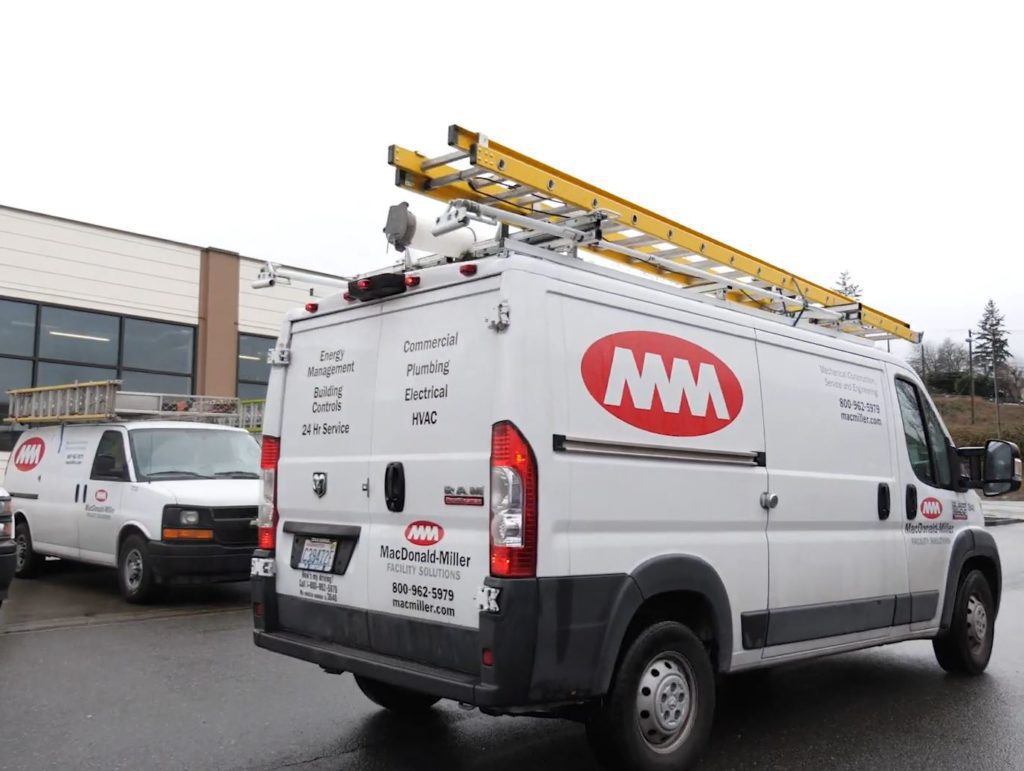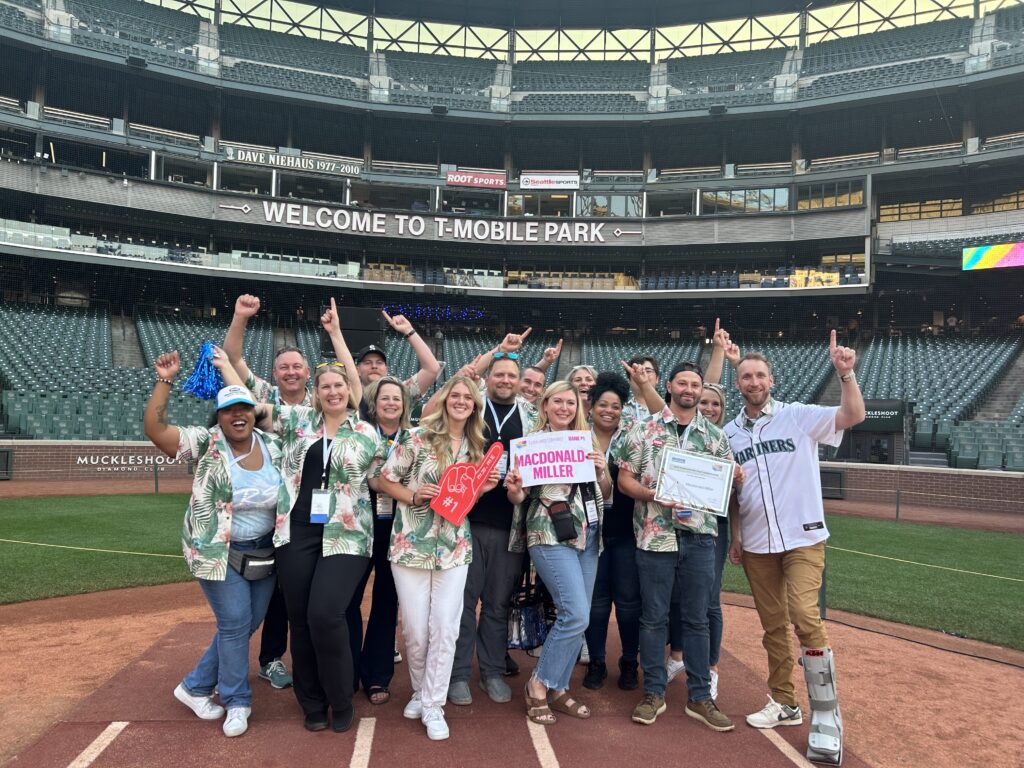Q: Can you share a little about your path and tenure at MacDonald-Miller?
My name is Brian Kite, and I currently serve as a Project Director at MacDonald-Miller. I began my journey here over 25 years ago as an intern and have been here ever since.
My start at MacMiller was somewhat of a “happy accident.” I was working as a fly-fishing guide in Alaska during the summers. MacDonald-Miller brought some clients up to where I was guiding, and by the end of the week, after discussing my engineering degree and future plans, I was offered an internship.
I started in the estimating department, spent two years interning, and then transitioned into project management, working my way through various roles, including periods in estimating, test and balance, managing fabrication, and eventually managing the project management department for about 10 years.
Q: What is it about the MacDonald-Miller culture that supports career movement and growth?
I’ve seen MacDonald-Miller consistently provide opportunities for me and others, and really work to align individuals with their passion. If you are a driven individual, the company will open doors for you and provide the necessary resources to ensure your success. I feel like I’m a real-life example of how this culture works, having grown with the company as it has evolved over the past 25 years. Especially during learning moments, the company has been great at recognizing value and helping individuals on the right path forward.
